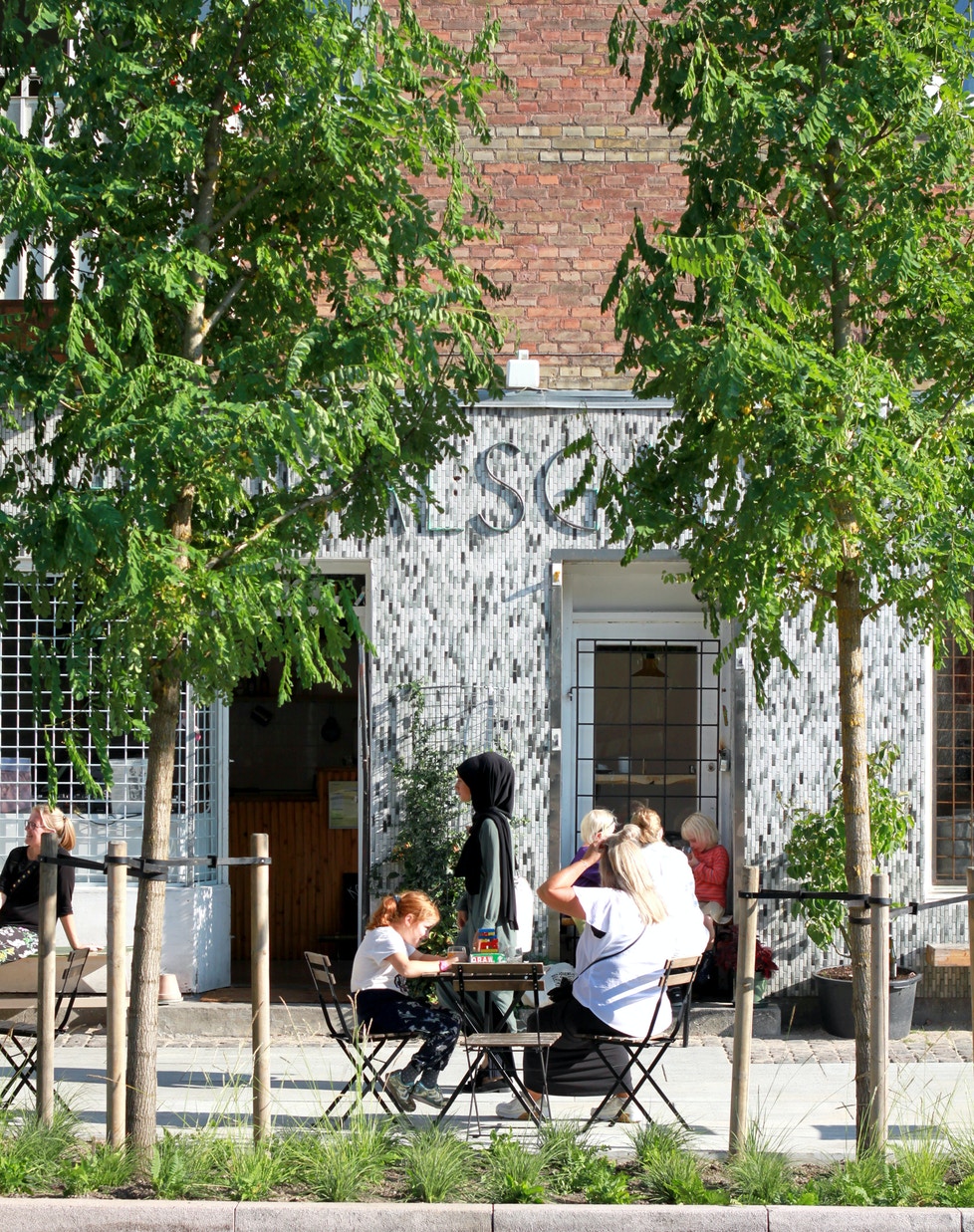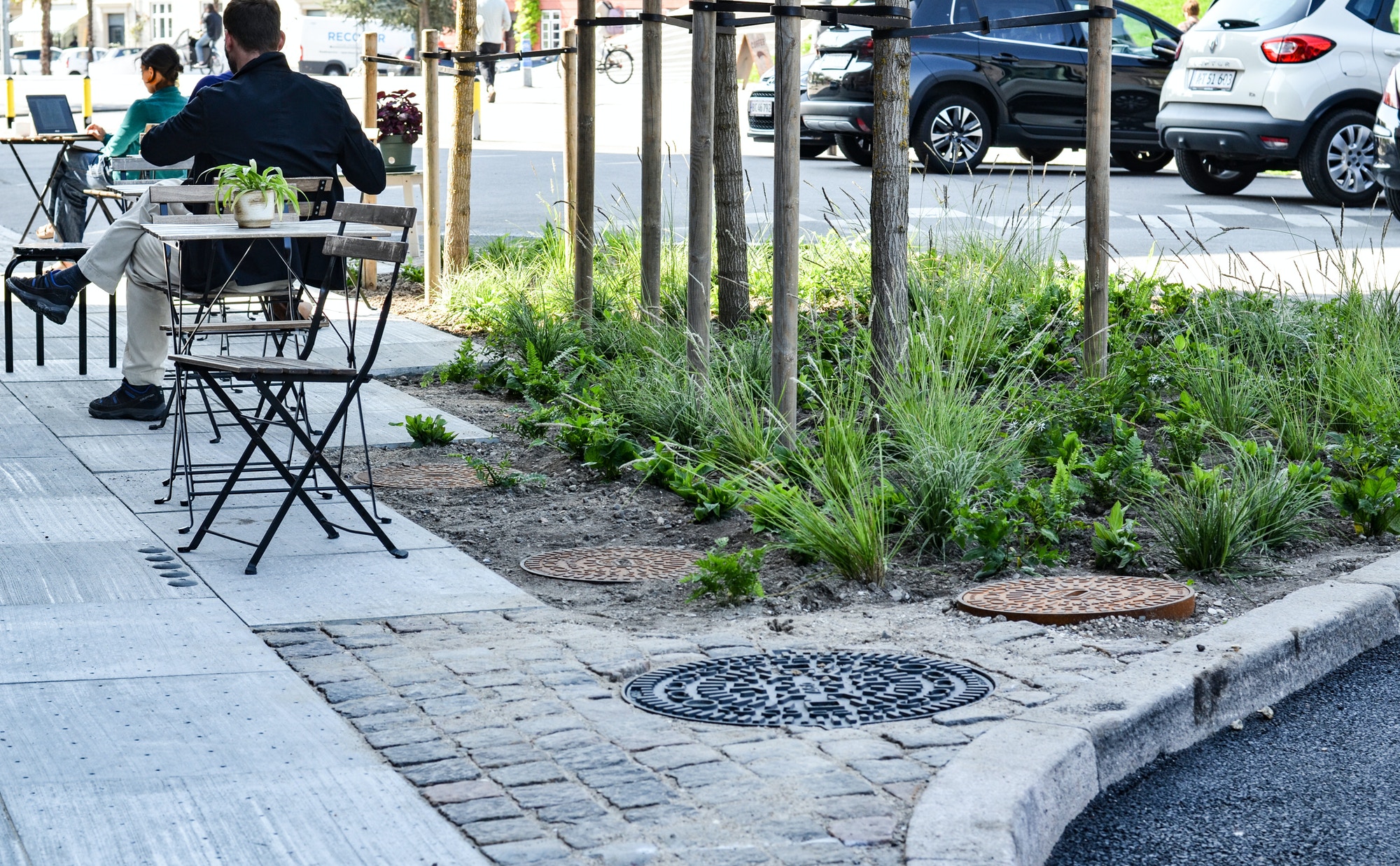17
Strengthen the means of implementation and revitalize the Global Partnership for Sustainable Development
A successful sustainable development agenda requires partnerships between governments, the private sector and civil society. These inclusive partnerships built upon principles and values, a shared vision, and shared goals that place people and the planet at the centre, are needed at the global, regional, national and local level.
Urgent action is needed to mobilize, redirect and unlock the transformative power of trillions of dollars of private resources to deliver on sustainable development objectives. Long-term investments, including foreign direct investment, are needed in critical sectors, especially in developing countries. These include sustainable energy, infrastructure and transport, as well as information and communications technologies. The public sector will need to set a clear direction. Review and monitoring frameworks, regulations and incentive structures that enable such investments must be retooled to attract investments and reinforce sustainable development. National oversight mechanisms such as supreme audit institutions and oversight functions by legislatures should be strengthened.
THIS GOAL AND ARCHITECTURE
Every city is built by many hands, and similarly we need to work together to reach the 17 sustainable development goals, as no single stakeholder can reach them alone.
The challenge of achieving the goals requires the involvement of all; from governments and institutional actors to researchers, businesses and citizens. Architects, designers and planners can contribute by sharing knowledge, promoting sustainable solutions and engaging in collaboration with research and institutional partners to develop and implement sustainable solutions. Examples span from non-profit partnerships to provide homes for the homeless to commercial partnerships to develop new sustainable products and services to the building industry. Key to the partnerships is a willingness to include new knowledge, test new practices, engage with local climate, culture and resources and work with end-users to ensure commitment and ownership in a life-cycle perspective.
Partnerships for the goals also include associations and networks of professionals who have committed to working for the goals; from the International Union of Architects (UIA) which brings together architectural associations from all over the world and represent architects in 124 countries to local study groups sharing know-how of green roofing systems. The challenges addressed by the goals are global; to achieve them we must work together across professional fields and national borders.



